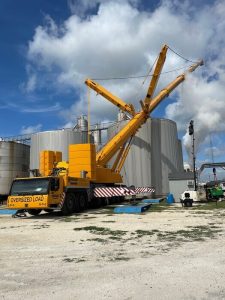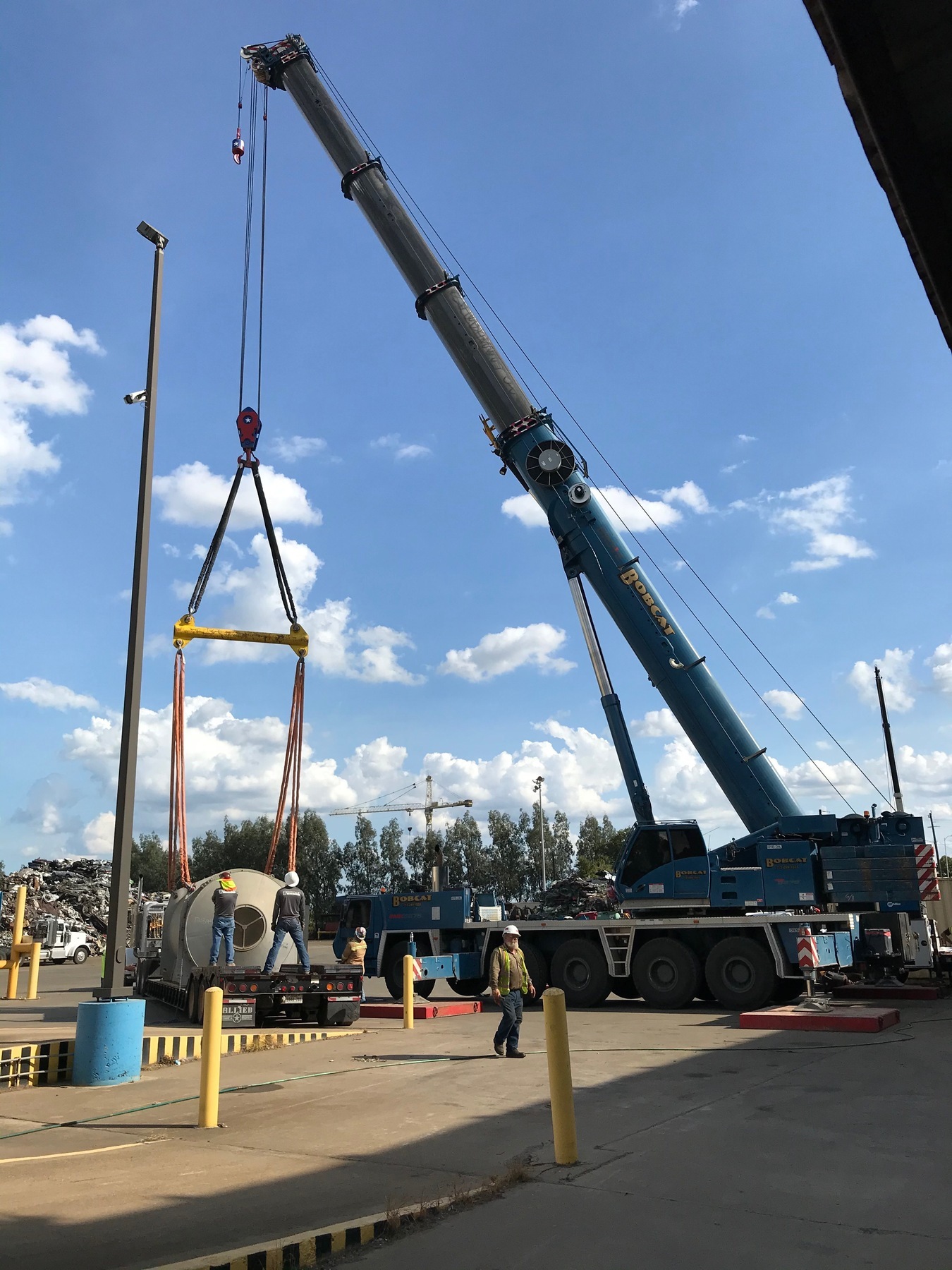In today’s construction industry, safety is more critical than ever. As projects become larger and more complex, traditional methods of ensuring site safety are no longer sufficient. One of the most transformative tools in this field is the wireless anemometer, a device that has changed how we monitor wind conditions during heavy crane lifting operations. At Bobcat Contracting LLC, we understand the importance of real-time data when it comes to protecting workers, equipment, and materials. In this post, we’ll take a closer look at how wireless anemometers are revolutionizing safety standards on construction sites across Texas and beyond. Crane operations, especially those involving high-rise buildings or large-scale infrastructure, are highly sensitive to wind conditions. Sudden gusts can cause loads to sway unpredictably, posing serious risks to both personnel and equipment. That’s why accurate and continuous wind monitoring is essential for safe and efficient operations. Wind monitoring plays a vital role in several key areas: By continuously tracking wind patterns, construction companies can make informed decisions that keep everyone on site safer and operations running smoothly. Historically, construction crews relied on basic tools like windsocks or handheld anemometers to gauge wind conditions. While these were useful to some extent, they lacked the precision and real-time capabilities needed for modern construction projects. Today, wireless anemometers have transformed the way wind is monitored. These advanced devices use high-precision sensors to measure wind speed and direction with remarkable accuracy. The data is then transmitted wirelessly—via Bluetooth, Wi-Fi, or radio signals—to remote devices such as smartphones, tablets, or control panels. This allows operators to stay out of harm’s way while still receiving critical information about wind conditions. Modern wireless anemometers come with a wide range of features designed for durability, accuracy, and ease of use. Some of the most notable include: Wireless anemometers are not just tools—they’re essential components of a comprehensive safety strategy. When integrated correctly, they help reduce risks and improve overall site management. Key benefits include: These advantages make wireless anemometers a must-have for any construction project where crane operations are involved. Selecting the right wireless anemometer depends on your specific project requirements. Consider the following factors when choosing a model: Investing in the right wireless anemometer ensures that your team has the tools they need to work safely and efficiently. Using wireless anemometers in crane operations brings numerous advantages, including: As technology continues to evolve, we can expect even more advanced wind monitoring solutions in the future. Potential developments may include: These innovations will further enhance the safety and efficiency of heavy crane lifting operations, setting new standards for the industry. Are you looking for reliable and experienced heavy crane lifting services in Texas? At Bobcat Contracting LLC, we specialize in providing top-tier crane solutions tailored to your project needs. Our team of skilled operators and technicians ensures that every lift is executed with the highest level of safety and precision. Whether you're working on a commercial high-rise, industrial facility, or infrastructure development, we have the expertise and equipment to get the job done right. Don’t let wind conditions compromise your project—let us help you stay ahead of the weather with cutting-edge technology and professional service. Contact us today for a free consultation and discover how Bobcat Contracting LLC can support your next construction project with confidence and excellence. Sportsground and Playground Machine Sportsground and Playground Machine is used to construct and maintance sports fields, playground, sports ground, rubber ground and Artificial Turf. Sportsground And Playground Machine,Playground Paving Machine,Rubber Paver Machine,Artificial Turf Maintenance Machine WUXI DEIICHEN MACHINERY PTY.,LTD , https://www.dicmachine.comThe Critical Role of Wind Monitoring in Crane Operations
Evolution of Wind Monitoring Technology
Key Features of Wireless Anemometers

Integrating Wireless Anemometers into Safety Protocols
Choosing the Right Wireless Anemometer for Your Needs
Benefits of Implementing Wireless Anemometers
The Future of Wind Monitoring in Construction
Contact Bobcat Contracting LLC for Heavy Crane Lifting Services in Texas!
